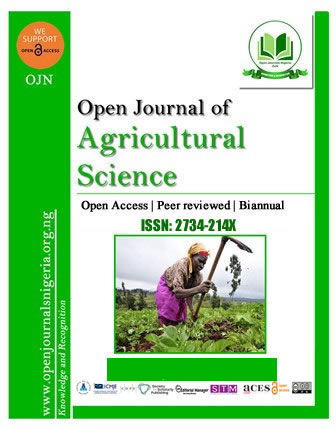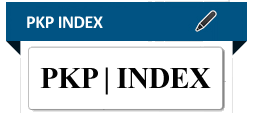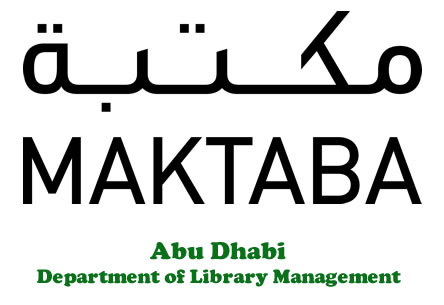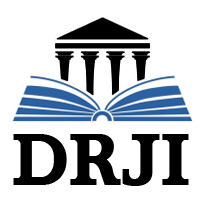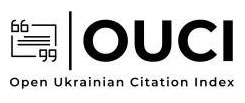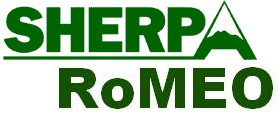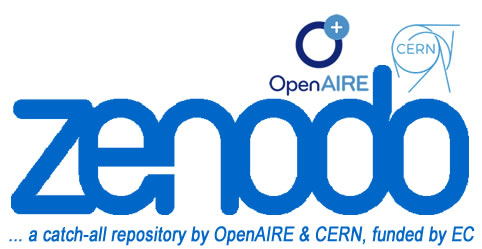SPATIAL DISTRIBUTIONS OF SOIL CHEMICAL PROPERTIES IN WETLAND SOIL HORIZONS OF EKITI STATE, SOUTHWEST NIGERIA
DOI:
https://doi.org/10.52417/ojas.v6i1.724Abstract
Wetlands play a pivotal role in maintaining ecological balance through nutrient cycling, carbon sequestration, and biodiversity conservation. This study explores the spatial distribution of soil chemical properties in wetland soils of Ekiti State, Nigeria, to guide sustainable management practices. Soil samples were collected from designated horizons across thirteen locations (13 pedons) in Ekiti State. Laboratory analysis included particle size distribution, organic carbon, nitrogen, phosphorus, exchangeable bases, and electrical conductivity (EC). ArcGIS interpolation techniques were employed to visualize spatial patterns. Results revealed pH values ranging from acidic to neutral across horizons, with Ayede exhibiting neutrality in the surface layers. EC varied, peaking at Ilawe (0.87 dS/m) and Igbara-Odo (0.73 dS/m). Organic carbon was highest at surface horizons, with Igbara-Odo recording 96.62%, while nitrogen levels were significant at surface layers, reaching 4.76% in Ilawe. Phosphorus displayed similar trends, ranging from 3.47–41.53 mg/kg, attributed to surface organic matter accumulation. Exchangeable bases—potassium, sodium, calcium, and magnesium, had low to moderate distribution levels, influenced by leaching and hydrological dynamics. The findings emphasize the heterogeneity of soil properties, underscoring the need for tailored soil management. Regular monitoring, conservation of organic-rich areas, and the application of organic amendments are recommended to enhance soil fertility and ecological function. GIS mapping is invaluable for targeting interventions and ensuring sustainable wetland use amidst climate challenges and anthropogenic pressures.
Published
How to Cite
Issue
Section
Copyright (c) 2025 Ajayi et al.

This work is licensed under a Creative Commons Attribution-NonCommercial 4.0 International License.


